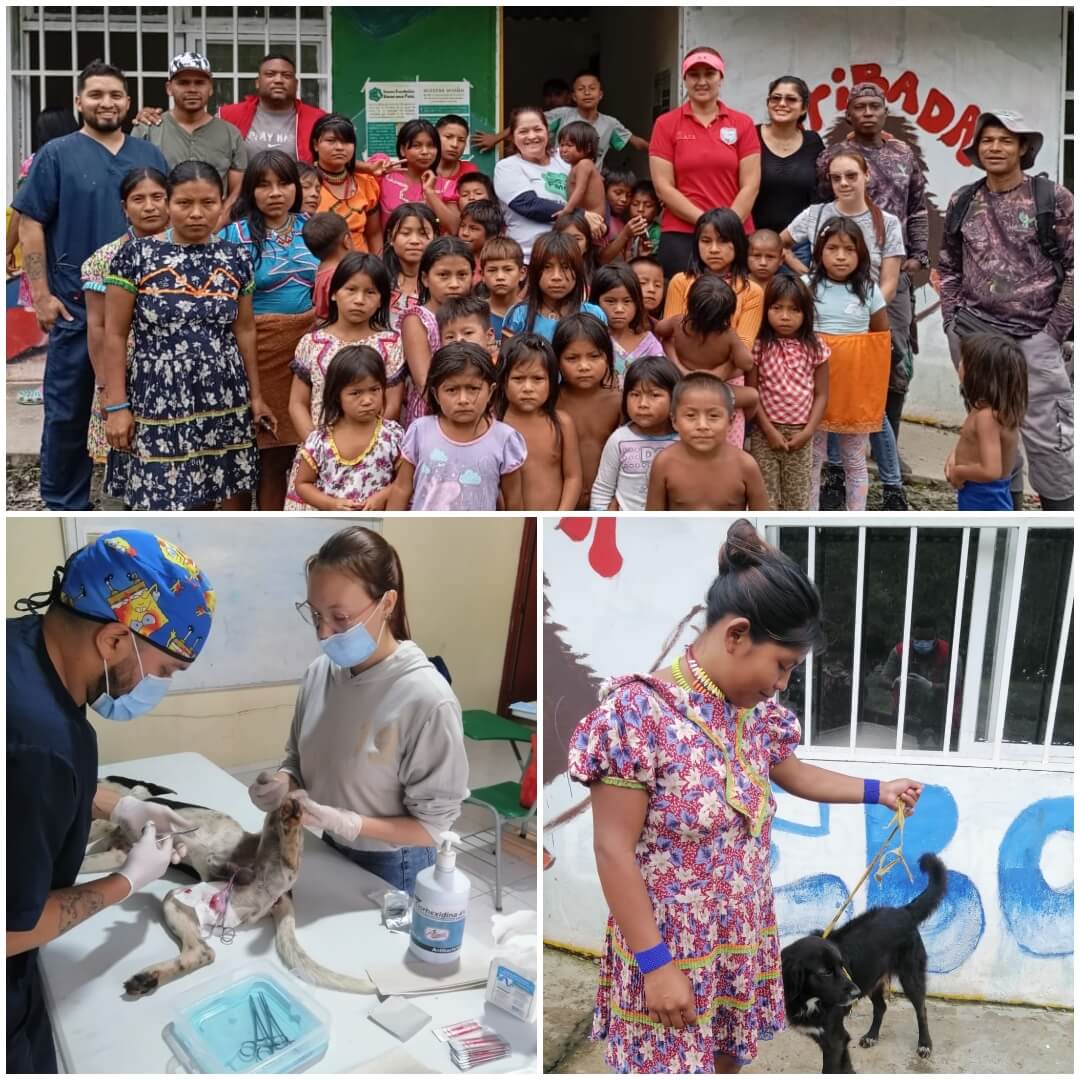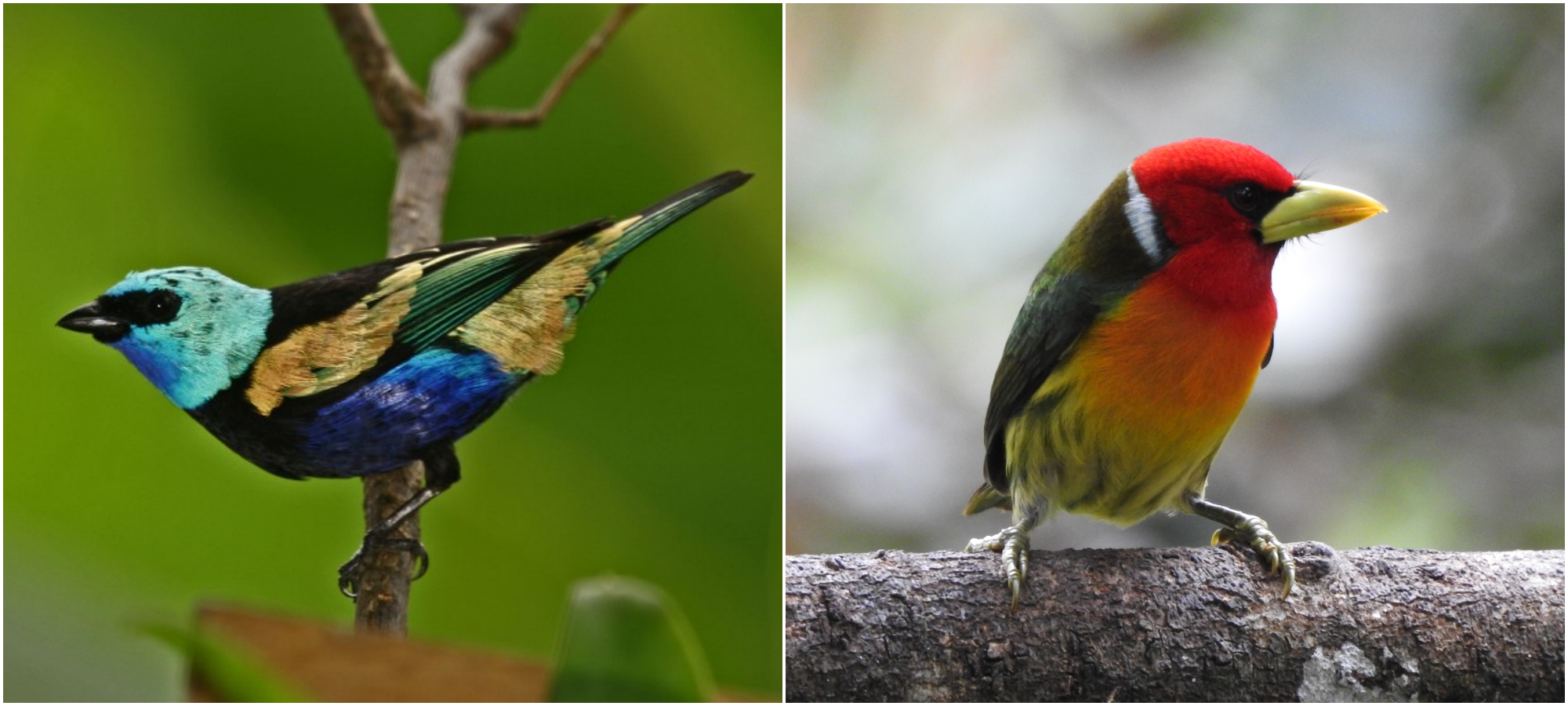
In an effort to raise awareness among communities about pet ownership, its impact on biodiversity, and to promote animal health, on February 17th, in collaboration with the “Dame una Pata” Foundation and the UMATA of the municipality of El Carmen de Atrato – Chocó, we carried out a sterilization campaign in the Eborro indigenous community, belonging to the El Fiera indigenous reserve and located near our buffer zone of the ProAves Las Tángaras Reserve.
The initiative involved a team of veterinarians and volunteers, with whom we managed to sterilize 12 dogs, including 5 females and 7 males. We provided them with food for their recovery process to ensure their care.
The objective of this campaign is to reduce the uncontrolled reproduction of animals in the community and prevent public health problems associated with inadequate pet ownership. Furthermore, this initiative aims to decrease conflicts between wildlife, especially birds, and domestic animals such as dogs and cats, which can impact the region’s biodiversity.
The sterilization campaign represented a significant opportunity for the indigenous community, who positively embraced this initiative and recognized the importance of caring for both domestic animals and the surrounding wildlife.
Sterilizing dogs and cats is an important measure to protect avifauna by reducing predation and competition for resources, as well as controlling the spread of diseases such as distemper that affect wildlife.
Within the event, supplies were also provided to the Municipal Unit of Agricultural and Livestock Technical Assistance (UMATA), which will allow the sterilization of approximately 40 animals from the community, both in the urban and rural areas.
This sterilization work adds to various activities in which ProAves has been supporting the Eborro indigenous community. Alongside the residents, we have conducted film screenings, collaborated on generating their visual identity through collective work, created murals, facilitated environmental education workshops, and distributed printed materials that benefit these indigenous peoples.

We extend our gratitude to the organizations involved and the communities for supporting the conservation strategies and tools that contribute to the care and preservation of wildlife and its ecosystems.
Help us conserve our biodiversity through responsible pet ownership!



